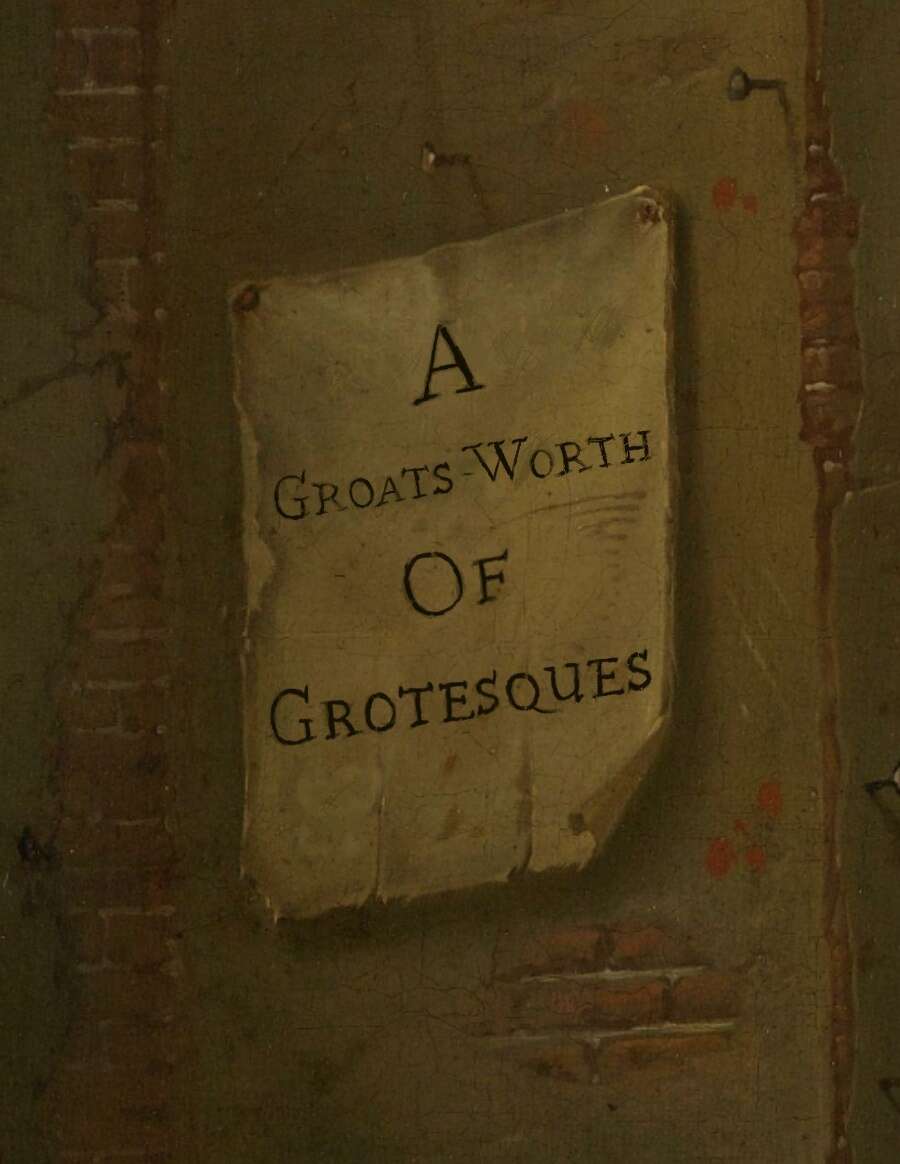Ominous Crypt of the Blood Moss is a third party Old-School Essentials dungeon crawl adventure for characters of 2nd to 4th level.
It is written and illustrated by Frederick Foulds and published by Oneiromantic Press and was published in 2020.
In short: a quick adventure (one or two sessions), with a horrific (almost cthuloid) theme, and lots of stuff to interact with.
I've grabbed the hardcover print-on-demand version on DriveThruRPG which is a nice A5 book, counting 60 pages cover-to-cover (the actual adventure, if you don't count the credits and the OGL license, is 43 pages).
The Ominous Crypt itself is a 10 rooms dungeon. Before the dungeon description, you get an introduction, 3 pages of background, 2 pages describing the Blood Moss from the title (which is a creature of sorts), a page with 3 possible hooks to the adventure, and 3 pages describing the village near the crypt, including a map, one NPC and an event which introduces the adventure.
The (beautiful) dungeon map appears non-linear at first look, but once you notice where the secret doors are, the map actually is a straight line, with just three one-room branches, and the secret room which conveniently reconnects with the entrance room.
At page 21 begins the dungeon proper. As I said, the dungeon is only 10 rooms. Each room is described in 1 to 3 pages, and all of them have a lot going on, with stuff the characters can examine, loot, interact with, and fight.
The room descriptions are structured as bullet points, with colored and bold text where needed. As I said, there's lots of details, but the presentation makes it easy to navigate and find out all the important stuff.
The dungeon has a detailed backstory which involves a (very) holy crypt, now defiled "from the inside" after the corrupted body of a mage was buried in. The defunct mage hosted a fungal being from the void (the titular Blood Moss), which has spread on the floors and reanimated some skeletons. The "alien" moss initially appears as part of the environment, but actually is the "final boss" of the dungeon, with its main node rooted in the mage's corpse.
Some personal considerations.
I like that "solving" the adventure has visible consequences for the village outside the dungeon, and the presentation is top notch, making it very easy to run. I also like that among the treasure is a very good example of a sentient sword, a type of magic item I struggle with. This one, it is well detailed and makes sense within the scenario.
I'm not sure about the treasure. Magic items are more than enough for a 10-room dungeon, but considering the risks, the amount of gold seems a bit low.
Some of the "tricks" (the one that opens a secret door, plus a sort of riddle) aren't perfect (i.e. there aren't many clues for the players to figure them out) but I think it's ok as they are "only" required to get to the big treasure room and to avoid a sort of trap.
So, all in all I like this scenario and actually plan to run it in the next weeks. What I think I'll do is keep the treasure as is, but lower the HD of most creatures by 1, so as to (probably) make it suitable for level 1 characters. Considering the deadliness of the adventure, the degree of player skill it requires, the fact that it's fairly short, it may very well be a valid alternative to the more famous Tomb of the Serpent Kings as an introduction to Old School games!

























































